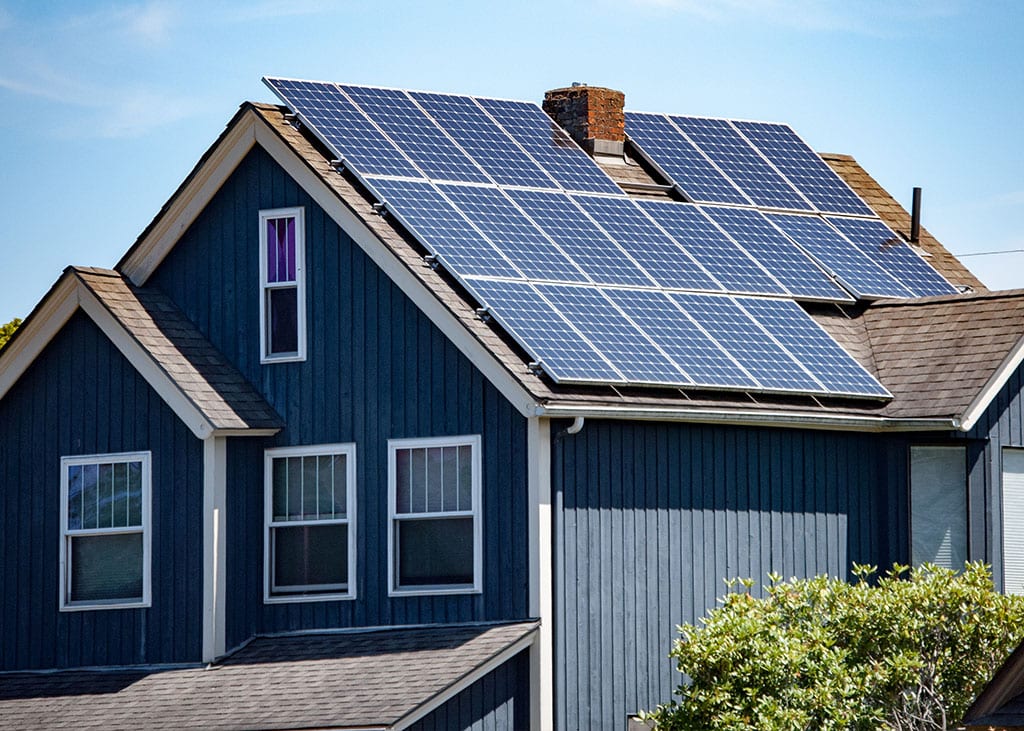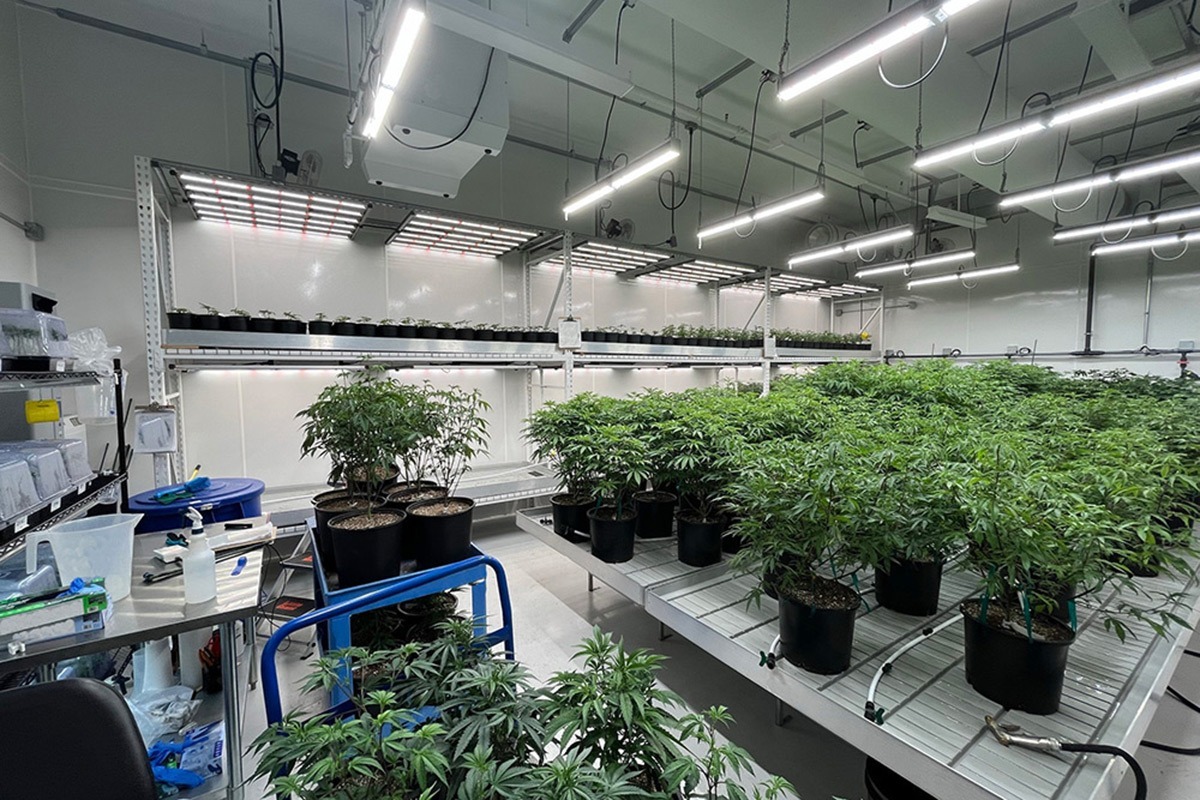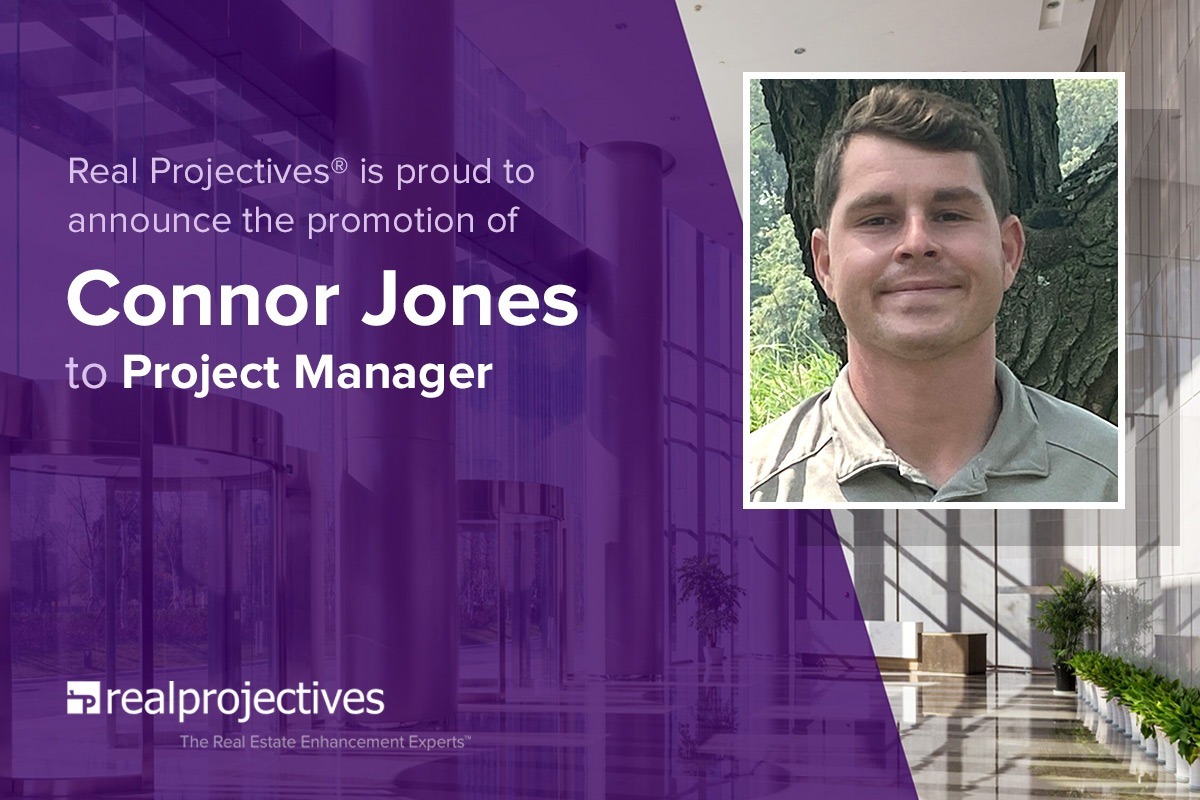Managing energy upgrades to save money and increase value

At one time, energy upgrade projects required novel approaches, but recently they have become a fundamental component of “green” building practices. Every real estate owner and investor is, or should be, continuously considering upgrades to reduce energy consumption. The primary role of a project manager is to organize the evaluation and implementation of improvements in a comprehensive way to ensure the best possible outcomes.
Defining Goals for Success
One of the first aspects of managing energy upgrades is to define goals. Even before investors purchase an existing property or pursue a development, project managers help them articulate their interest in energy efficiency. The same is true for owners of existing buildings. Are investors and owners hoping to conserve water or electricity to save money? Are the electric bills too high? Are their public or marketing initiatives to achieve a level of certification or purchase a certain amount of “green” power?
How results will be measured and communicated should also be discussed. For instance, will the prospective analysis be enough justification, or will sensors need to be installed to record the before and after results? Is there a need for snapshot comparisons or ongoing testing and verification? It is also important to keep in mind that some green building or renovations might represent appropriate actions taken based solely on value or corporate principle, acknowledging that measurement will not be as important.
Once the goals are set forth in writing (the strategic purpose), analyses and decisions can be made to align the tactics with those desired results.
Planning the Work
In collaboration with investors or owners and specialist consultants and contractors, project managers lead the brainstorming of a comprehensive outline of potential improvements that could achieve one or more of the goals. Then each energy upgrade is evaluated to predict if and when it might offer an acceptable return on investment (payback) keeping in mind that there are tangible and intangible benefits and challenges.
After the list is narrowed down to salient upgrades, the team should identify priorities for attention. Highest priority might be given according to hours of use. For instance, lighting in exit signage or in stairwells that remains on 24 hours a day would be an effective place to begin the switch to LED bulbs. While these bulbs are expensive, their long life and much lower energy usage and maintenance costs can pay for themselves within months. Next on the list could be systems that are ready for replacement for other reasons and so would make sense to be replaced with more (or the most) energy-efficient units.
Working the Plan
Since most energy upgrades are done by specialists and performed in or around occupied properties, project management is essential to effectively purchasing and coordinating the actual work. Project managers must orchestrate the delivery of materials and multiple trade contractors often over several phases in time. On top of that, the work should be done in a manner that minimizes the impact to current residents or tenants. And the project manager ensures that upgrades and associated work are made in a complete and quality fashion. At that point, the owner or investor can begin to reap the planned rewards, measure results and celebrate a more efficient facility for years to come.
Are you considering energy or green upgrades for your real estate development or improvement project? We’d love to discuss how Real Projectives® can help. For more information on the services we offer clients, browse some of our other articles — or give us a call at 888.357.7342.


